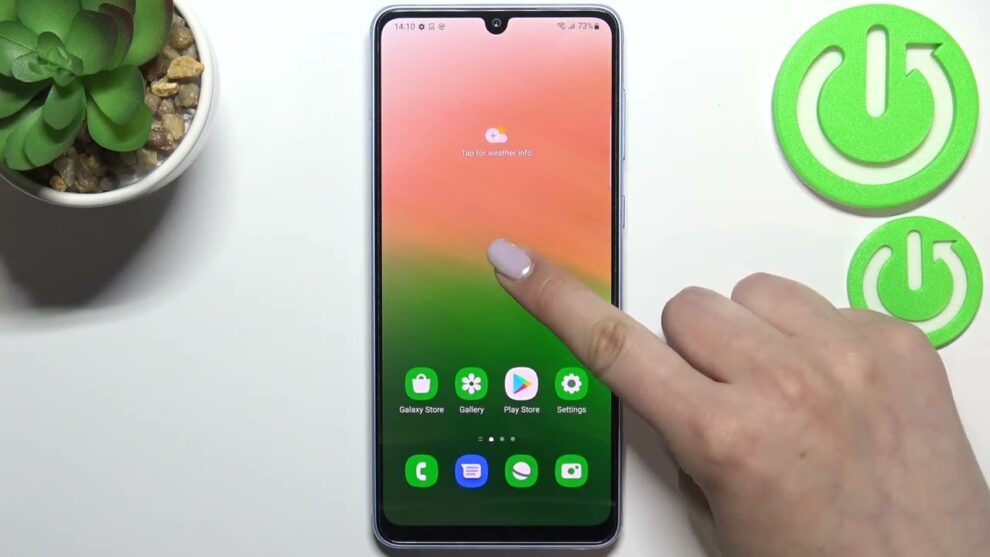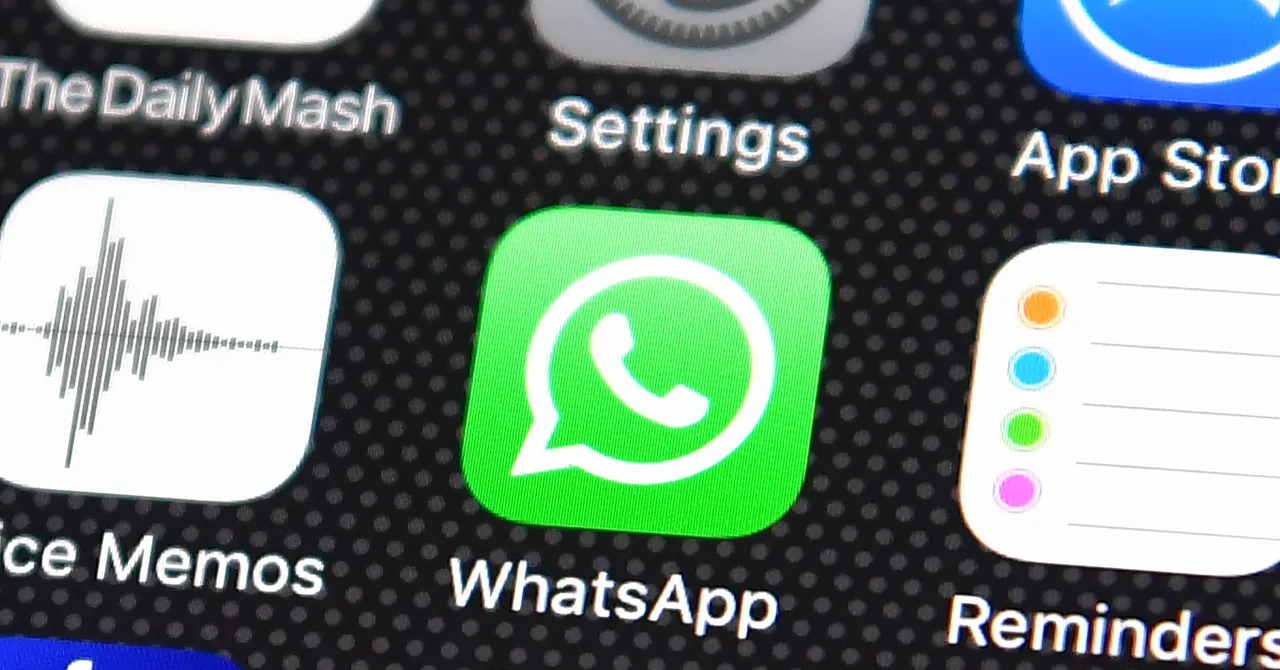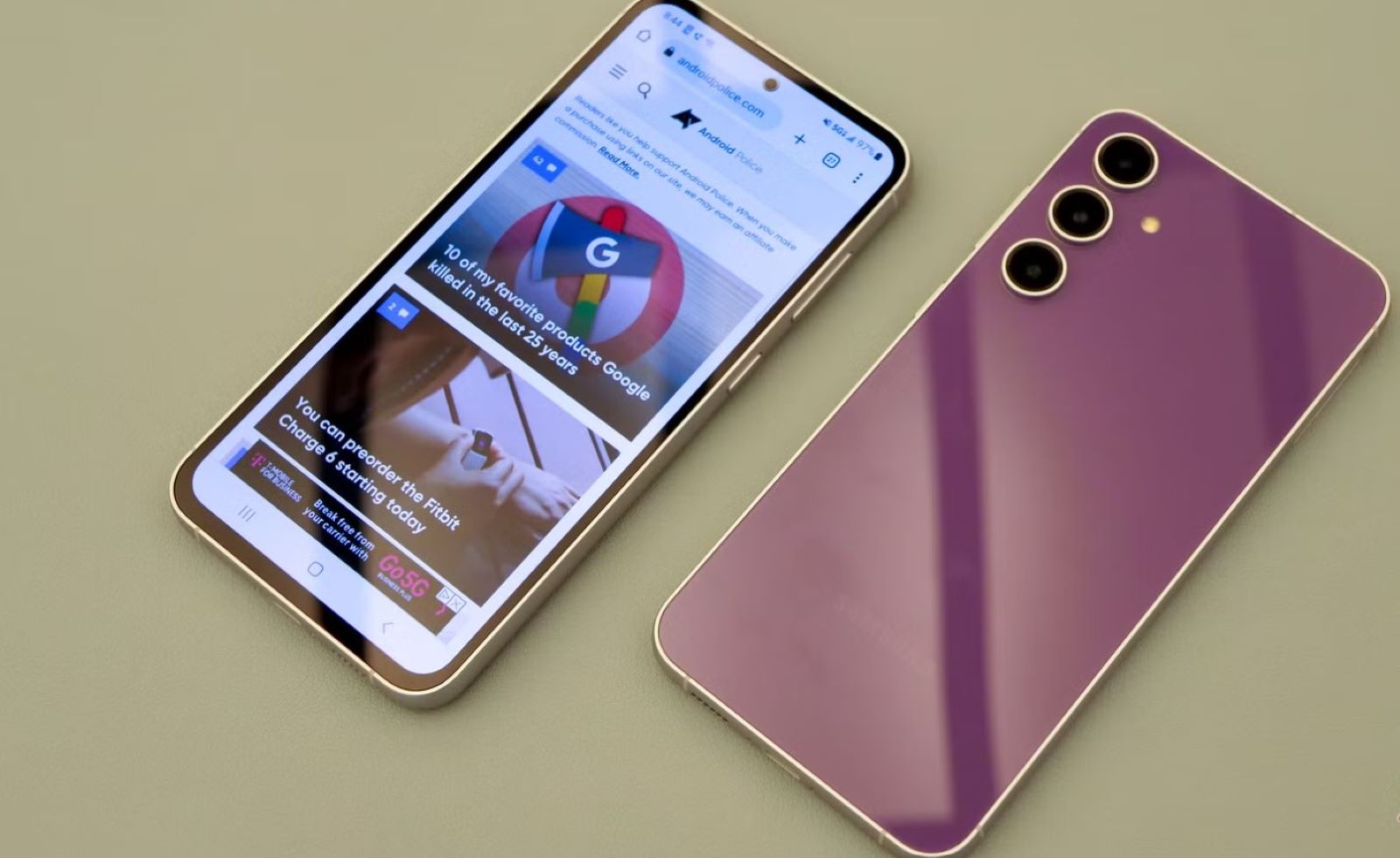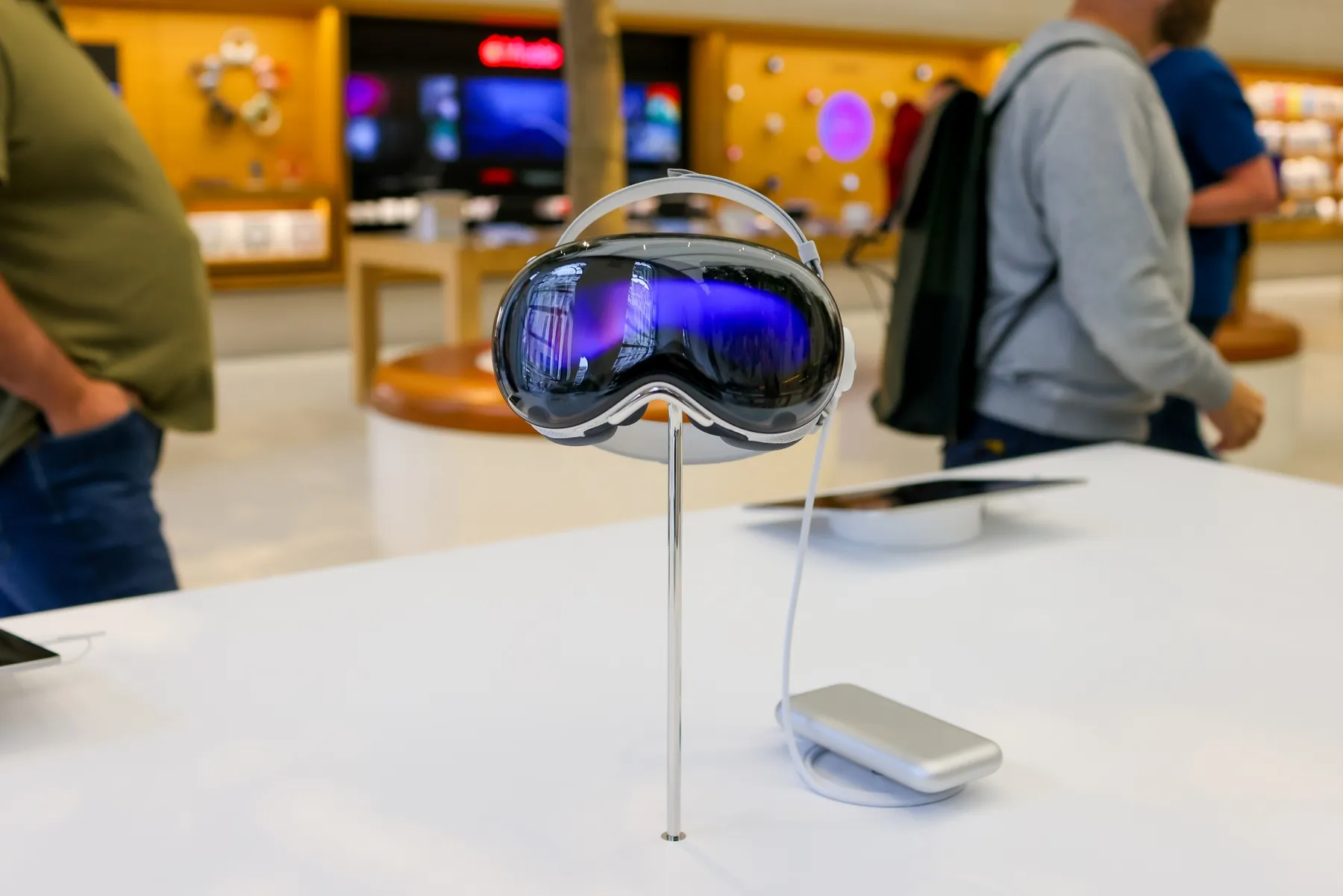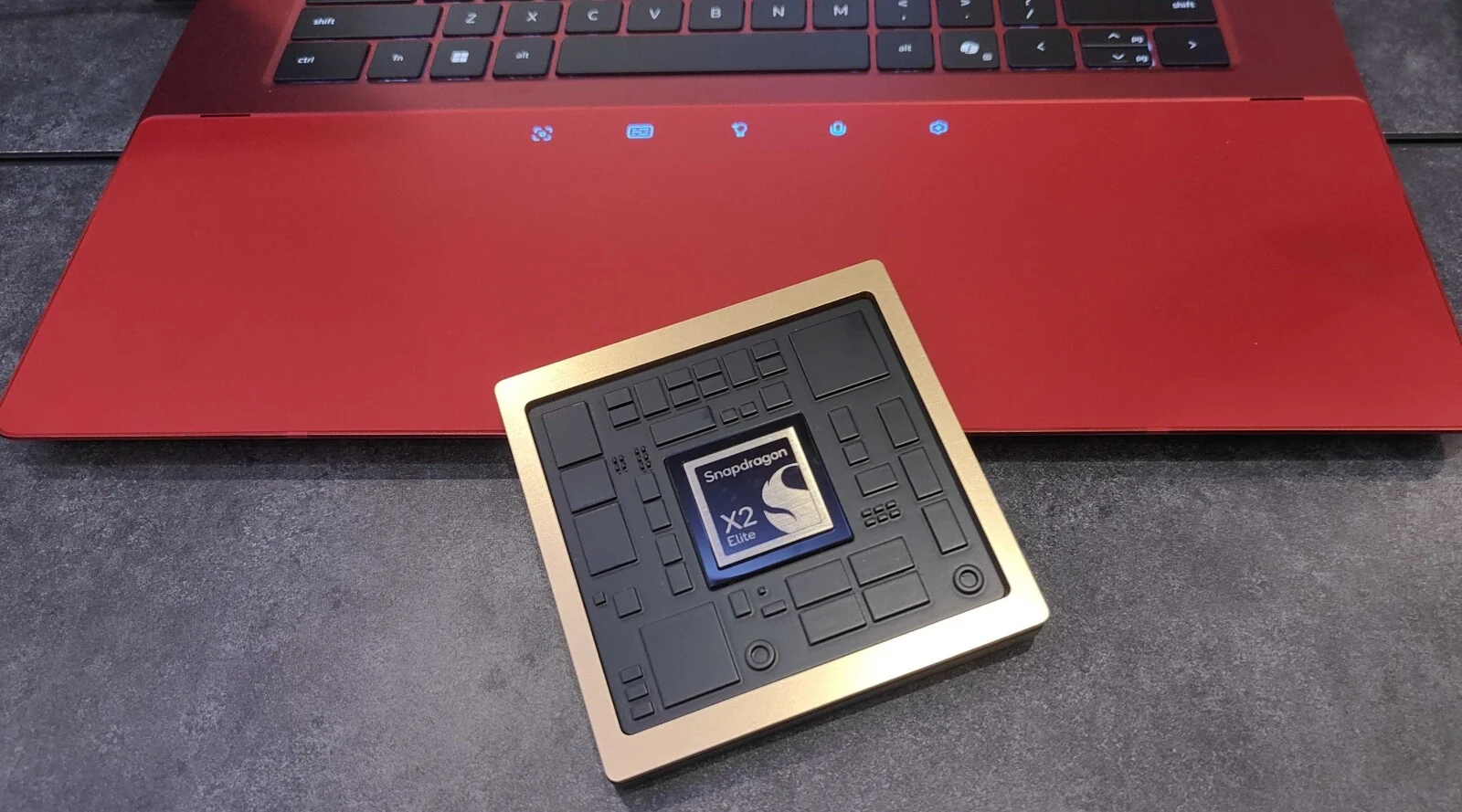Background apps are a common culprit for draining your battery, slowing down your phone, and consuming mobile data on your Samsung device. While some apps need to run in the background for essential functions (like receiving messages), many others can be restricted without impacting your daily usage. Learning how to disable background apps on Samsung is a key step to optimizing your phone’s performance and battery life. This guide will walk you through various methods to manage and restrict background activity.
Understanding Background App Activity
When an app runs in the background, it means it’s active even when you’re not directly using it. This can involve:
- Syncing data: Email, social media, and cloud storage apps often sync in the background.
- Receiving notifications: Messaging apps or news apps constantly check for new alerts.
- Location tracking: Navigation or fitness apps might use GPS in the background.
- Updates: Apps might download updates or refresh content.
While some of this is useful, excessive background activity can be detrimental to your phone’s health.
- Using Samsung’s “Background Usage Limits” Feature
Samsung’s One UI offers a powerful built-in tool to manage background app activity. This is the most effective and user-friendly method.
- Step 1: Navigate to Battery Settings.
- Open your phone’s Settings app.
- Scroll down and tap on Battery and device care.
- Tap on Battery.
- Step 2: Access Background Usage Limits.
- Within the Battery settings, tap on Background usage limits.
- Step 3: Enable “Put unused apps to sleep”.
- Toggle on “Put unused apps to sleep”. This feature automatically places apps that haven’t been used for a while into a “sleeping” state, preventing them from running in the background. They will still receive notifications and updates when you open them.
- Step 4: Deep Sleeping Apps (Manual Control).
- Under “Background usage limits,” you’ll see “Deep sleeping apps“. Tap on this.
- Apps in this list will never run in the background. They will only work when you explicitly open them. This is ideal for apps you rarely use or don’t need real-time notifications from.
- Tap the “+” (plus) icon at the top right.
- Select the apps you want to put into deep sleep from the list.
- Tap “Add”.
- To remove an app from deep sleep, tap the three dots in the top right, select “Remove,” choose the app(s), and tap “Remove.”
- Step 5: Sleeping Apps (Less Restrictive).
- Similarly, there’s a “Sleeping apps” list. These apps will run in the background less frequently. They might receive notifications but with delays. This is a good middle-ground for apps you use occasionally.
- Add apps here using the same “+” process as with deep sleeping apps.
- Step 6: Never Sleeping Apps.
- This list contains apps that are always allowed to run in the background. This is usually for essential system apps or apps you absolutely need real-time updates from (e.g., your primary messaging app, security apps). Avoid adding too many apps here, as it defeats the purpose of optimization.
- Restricting Background Data for Individual Apps
Even if an app isn’t “deep sleeping,” you can limit its data usage in the background. This is particularly useful for saving mobile data.
- Step 1: Go to App Info.
- Go to Settings > Apps.
- Find and tap on the specific app you want to restrict.
- Alternatively, long-press on the app icon on your home screen or app drawer, then tap the “i” (info) icon that appears.
- Step 2: Access Mobile Data Settings.
- Within the App Info screen, tap on Mobile data (or “Mobile data and Wi-Fi”).
- Step 3: Disable “Allow background data usage”.
- Toggle off “Allow background data usage”. This prevents the app from using your mobile data when it’s in the background. It will still work normally when connected to Wi-Fi.
- You can also disable “Allow app while Data saver is on” if you frequently use Data Saver mode.
- Manually Force Stopping Apps
For immediate relief from a problematic app, you can force stop it. Be aware that the app might restart itself later.
- Step 1: Access Recent Apps.
- Swipe up from the bottom of your screen and hold (for gesture navigation) or tap the “recent apps” button (for navigation buttons). This shows all recently opened apps.
- Step 2: Close Individual Apps or All Apps.
- You can swipe up on individual app cards to close them.
- To close all currently open apps, tap the “Close all” button at the bottom.
- Step 3: Force Stop via App Info (More Permanent).
- If an app is misbehaving, go to Settings > Apps, find the app, and tap on it.
- Tap “Force stop”. Confirm your choice. This will immediately stop the app from running until you open it again.
- Adjusting App Notifications
While not directly “disabling background apps,” reducing notifications can prevent apps from waking up your screen and consuming power.
- Step 1: Access Notification Settings.
- Go to Settings > Notifications.
- Tap on “App notifications”.
- Step 2: Customize Notifications for Each App.
- Review the list of apps.
- Toggle off notifications for apps you don’t need alerts from.
- You can also tap on an app to access more granular control, such as disabling specific categories of notifications or making them silent.
- Utilizing Developer Options (Advanced)
For users who want more granular control, Developer Options offer a setting to limit background processes system-wide. Use this with caution, as it can affect app functionality.
- Step 1: Enable Developer Options (if not already enabled).
- Go to Settings > About phone > Software information.
- Rapidly tap “Build number” seven times until you see a message saying “Developer mode has been enabled.”
- Go back to the main Settings menu, and “Developer options” will now appear at the bottom.
- Step 2: Access Background Process Limit.
- Tap on “Developer options”.
- Scroll down to the “Apps” section and tap on “Background process limit”.
- Step 3: Set a Limit.
- By default, it’s set to “Standard limit.”
- You can choose options like “At most 1 process”, “At most 2 processes”, etc., or “No background processes”.
- Warning: Setting “No background processes” will aggressively kill apps as soon as you leave them. This can make multitasking difficult and delay notifications from apps like WhatsApp or email. Use this only if you prioritize performance above all else and understand the trade-offs.
By consistently applying these methods, you can effectively disable background apps on your Samsung phone, leading to better battery life, smoother performance, and more efficient data usage. Remember to review your app usage periodically and adjust settings as needed.
